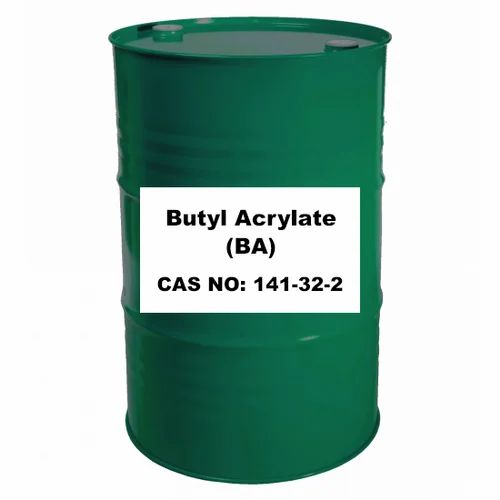| White #F2F2EE | Off White #E5E0D2 | Light Gray #CED2D4 | Gray #90989D |
| Black #292A2B | Light Beige #DBCAAB | Beige #BAAB98 | Light Green #BAC4B9 |
| Forest Green #2F4E42 | Light Blue #BAD9EE | Tile Red #7F2E25 | French Press #5C4C44 |
*Liquid Butyl Rubber comes standard in white and black for ALL order quantities. For BEIGE AND GREY an additional $15.00 per 5-gallon pail; minimum order of (5 of our 5-gallon pails).
Our other custom colors are available for an additional $25.00 per 5-gallon pail. Minimum order for custom colors; Five (5- gallon pails) or a total of 25 gallons. For custom colors orders please call our office.
*Due to monitor settings, actual colors may vary from those that appear online.
25 Years History of Success
Rated 4.5 /5 based on 671 customer reviews
$79.99 In stock
Coverage: 50 sq Feet
Product description: Liquid Butyl Rubber - For residential and commercial Roofing Applications. Standard colors are White, Black
25 Years History of Success
Rated 4.8 /5 based on 671 customer reviews
$299.50 In stock
Coverage: 200 sq Feet
Product description: Liquid Butyl Rubber - For residential and commercial Roofing Applications. Standard colors are White, Black
Standard colors are White, Black
25 Years History of Success
Rated 4.8 /5 based on 762 customer reviews
Call for Pricing
Product description: Liquid Butyl Rubber - For residential and commercial Roofing Applications. Standard colors are White, Off White, Light Gray, Gray, Black, Light Beige, Beige, Light Green, Forest Green, Light Blue, Tile Red, French Press
Liquid Butyl Rubber is a specially formulated version of Butyl sheet rubber that has the flexibility needed for change in environmental conditions.
Liquid Butyl Rubber is a liquefied version of a synthetic rubber typically referred to as Butyl.
Butyl rubber, sometimes just called "butyl", is a synthetic rubber, a copolymer of isobutylene with isoprene. The abbreviation IIR stands for isobutylene isoprene rubber. Polyisobutylene, also known as "PIB" which butyl rubber is based.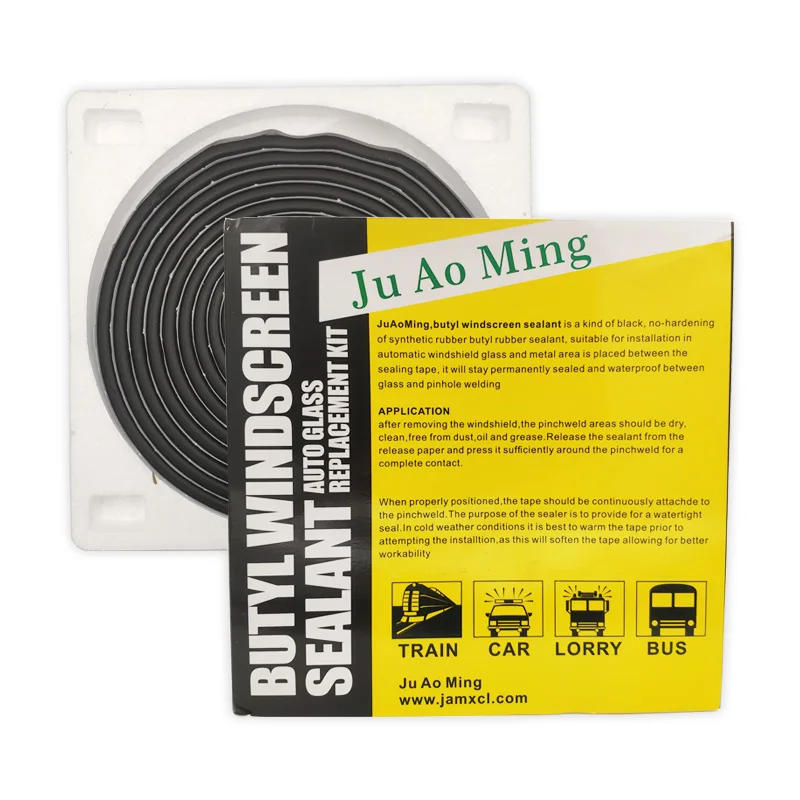 Butyl rubber is produced by polymerization of about 98% of isobutylene with about 2% of isoprene. Structurally, polyisobutylene resembles polypropylene, but has two methyl groups substituted on every other carbon atom, rather than one.
Butyl rubber is produced by polymerization of about 98% of isobutylene with about 2% of isoprene. Structurally, polyisobutylene resembles polypropylene, but has two methyl groups substituted on every other carbon atom, rather than one.
Prior to the liquefied version emerging on to the market, rolls of the rubber were used for waterproofing roofs. The liquids are much easier to apply. It can also fill cracks and crevices and form an entirely seamless membrane. Liquid Butyl Rubber can go where the sheet version could never effectively coat. Liquid Butyl Rubber coatings have additional uses. Over the years, they have been used for roofing, cooling tanks, industrial applications, storage tanks etc. They can be applied to a wide range of roofing materials, including metal, fiberglass, concrete bur roofs etc. Always consult your roofer to determine if aftermarket coatings are acceptable, given the condition of your overall roof.
ASTM Tested. ASTM International, formally known as American Society for Testing and Materials, ASTM's physical and mechanical, testing standards provide guides for the proper procedures employed in the determination of the physical and mechanical properties of certain materials. Using test methods such as scanning electron microscopy, hole-drilling strain-gage method, semiautomatic and automatic image analysis, and X-ray diffraction, parameters like strength, ductility, hardness, residual stress, and grain size are measured. These physical and mechanical testing standards allow manufacturers, other producers and users to examine and evaluate such materials for strength and quality to ensure safety toward their end-use. Below are the results of the ASTM Testing:
Using test methods such as scanning electron microscopy, hole-drilling strain-gage method, semiautomatic and automatic image analysis, and X-ray diffraction, parameters like strength, ductility, hardness, residual stress, and grain size are measured. These physical and mechanical testing standards allow manufacturers, other producers and users to examine and evaluate such materials for strength and quality to ensure safety toward their end-use. Below are the results of the ASTM Testing:
| Elongation | ASTM-D-412 | 500% |
| Tensile Strength | ASTM-D-412 | 1520 PSI |
| Permeance (10miles) | ASTM-E-96 | 0.166 perms |
| Fungi Resistance | ASTM-G-21 | 0 (Pass) |
| Water Swell | ASTM-D-471 | 0% |
| Weathering | ASTM-4798 | Pass |
Low Temp.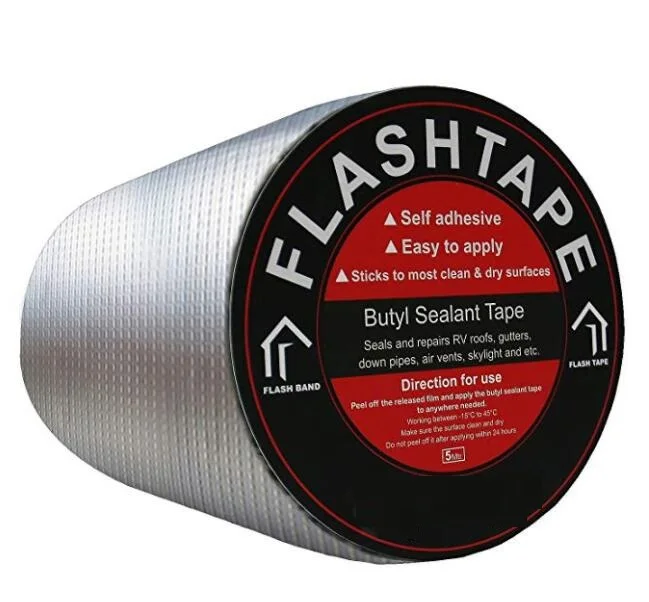 Flex Flex | ASTM-D-522 | Pass |
| Wind Driven Rain | TT-C-555B | Pass |
| WET ADHESION (ASTM C 794/D 903) | ||
|---|---|---|
| Metal | Pass | |
| SBS Mod. Bit. | Pass | |
| APP Mod. Bit. | Pass | |
| Smooth BUR | Pass | |
| EPDM | Pass | |
| TPO | Pass | |
| Hypalon | Pass | |
| SPUF (Foam) | Pass | |
In the United States, ASTM standards have been adopted, by incorporation or by reference, by many federal, state, and municipal government regulations.
1 gallon covers 50 sq ft and a 4 gallon covers 200 sq ft. Customer is responsible for determining their square footage.
This product has been superseded by
This product is obsolete
{{section.sectionName}}
{{option.description}}
Qty. 1">multiple of {{vm.product.multipleSaleQty}}
Description
Specifications
{{customField.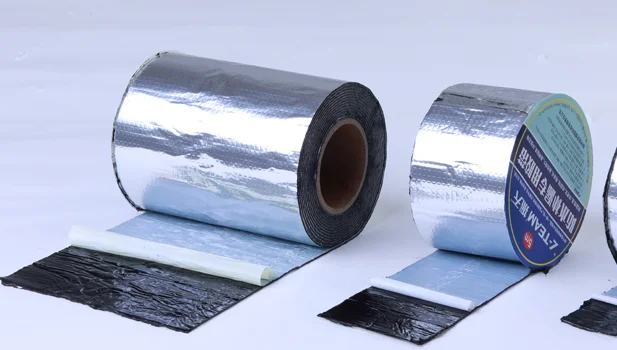 Name}} Name}} |
{{customField.Value}} |
|---|
| {{customField.Name}} | {{customField.Value}} |
|---|
Equipment part list
Accessories
| Description | Status | Qty. Ordered | Unit price | ||
|---|---|---|---|---|---|
There is no data available for this product
{{specification.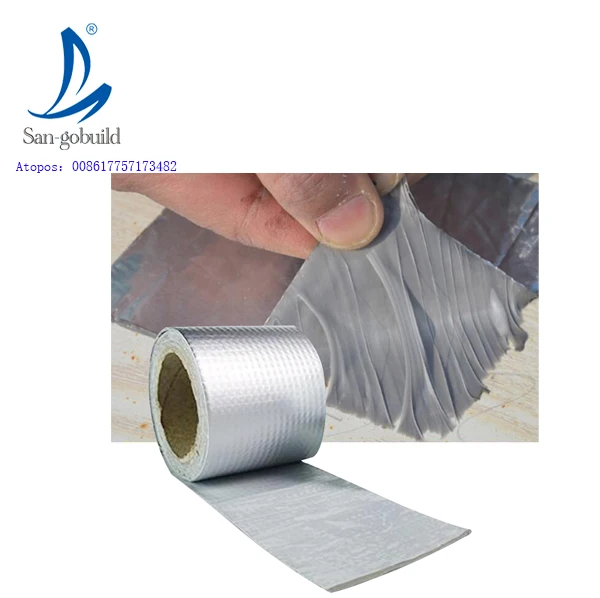 nameDisplay}}
nameDisplay}}
When installing plastic windows, an important point that you should pay close attention to is the correct sealing of the seams.
Even high-quality windows installed incorrectly or using low-quality materials will not only not provide energy and heat savings, but can become a source of drafts, cold, high humidity, mold, a source of extraneous noise from howling wind or rain, and other troubles.
To eliminate these consequences, which may appear after a few months, is not always as simple as at the time of installation.
The solution to all these problems are special sealing materials.
Properly selected and applied window sealant will provide comfort and coziness to your home and will reliably protect your home from many troubles in the future.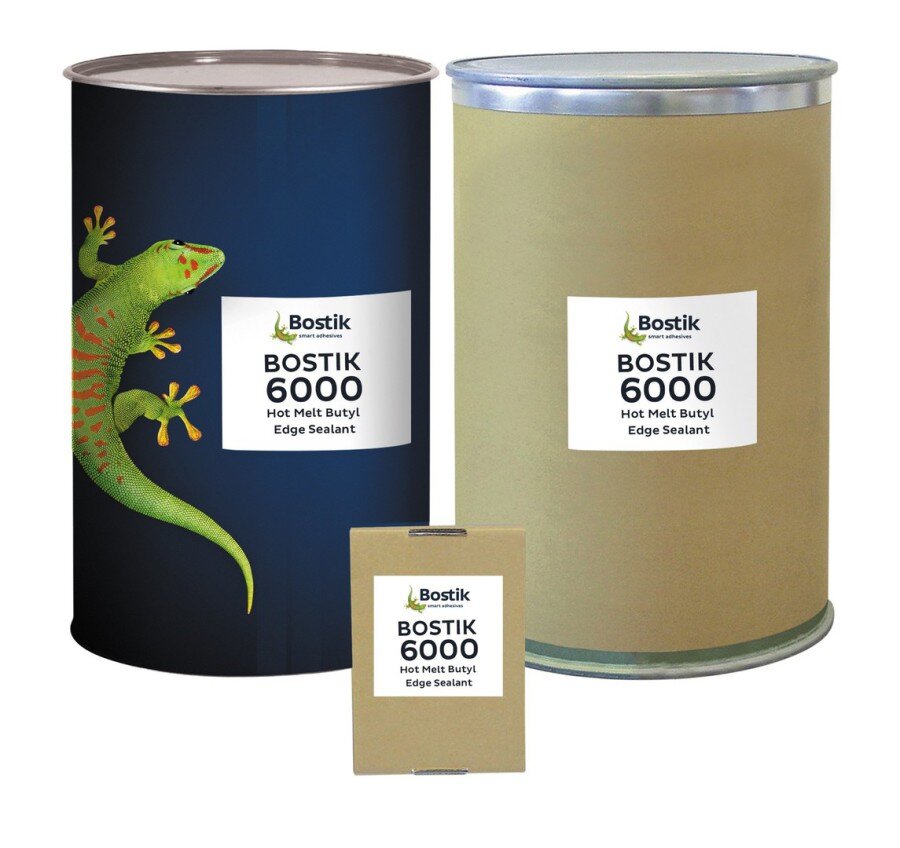
What exactly is sealant for plastic windows? Where to apply it? Which one to choose? What is the difference between them?
To answer these questions, we first consider how windows are mounted, and where "critical" points occur during installation.
Most often, when mounting the frame, it is installed on the anchor, and the space between the frame and the opening is foamed. Expanding after application, the foam fills the entire space and provides good thermal protection.
However, this material is quickly destroyed under the action of sunlight and ceases to fulfill its functions - heat and wind protection, protection against freezing and water leaks. The porous structure of the foam, in addition, contributes to the accumulation of excess moisture, and this, in turn, can lead to mold.
Hence the need to protect the foam from exposure to UV rays and moisture. This is done in various ways and materials. One of the most effective among them is protection with special sealants.
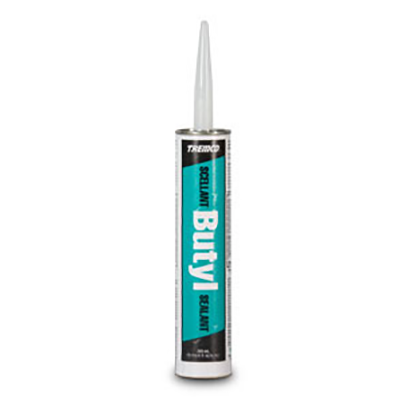
When installing window sills and slopes, gaps inevitably appear at the joints. They not only reduce the aesthetic appearance of the structure, but also contribute to the accumulation of moisture and dirt. These areas are also subject to sealing.
The ebb reliably protects against rain and water leaks into the room during rain and snow only if it fits snugly against the surface of the frame. It is possible to ensure its complete tightness only with the use of special materials.
In addition, sealants help to improve the anti-noise properties of plastic windows. For example, the sound of raindrops is effectively dampened with sealants applied between the opening and the tide.
The following types of sealing materials can theoretically be used during window installation and subsequent repairs:
Regardless of which group the materials belong to, white sealant is most often used for installation or repair.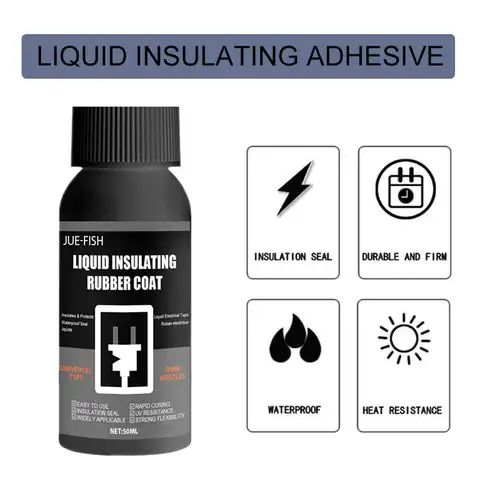 In some cases, it is possible to use black compositions.
In some cases, it is possible to use black compositions.
In order to understand which sealant is best for sealing gaps in plastic windows, it is necessary to understand what characteristic properties, advantages and disadvantages the materials of each of the listed groups have.
These silicone-based materials are the most affordable, versatile, and perhaps the most popular. If you need to seal gaps between window elements or in the space around the window, silicone window sealant will be a reliable, often optimal solution.
The main advantages of these materials are high elasticity, good adhesion to base materials, resistance to temperature fluctuations, exposure to sunlight, water, moisture. They are used indoors and outdoors.
With a lot of advantages, silicone sealants win in price in relation to many other types of materials for PVC windows.
These materials are cured by exposure to atmospheric moisture. According to the type of curing, they are divided into neutral and acidic.
According to the type of curing, they are divided into neutral and acidic.
Neutral sealants are odorless even during curing.
Acidic during the polymerization process emit a certain amount of acetic acid vapor and have a characteristic odor (and this can be attributed to the minuses). After curing, the smell disappears completely.
Another feature of silicone-based materials is the impossibility of staining them.
Compositions of this type are characterized by low cost and ease of use. However, they have properties that make them quite popular for sealing PVC windows.
They have good adhesion even to wet surfaces and are practically odorless. Acrylic sealants are moisture and frost resistant, well processed after curing (painting, plastering, sanding, etc.)
Due to their low vapor permeability and opacity, these sealants are ideal for protecting polyurethane foam from UV rays and street moisture.
Such sealants are also used to seal hidden seams.
The disadvantage of acrylic compositions is that the porous surface quickly changes its original color under the influence of moisture, dust and dirt. Therefore, the surface of the seams is often additionally painted.
The disadvantages include also shrinkage during solidification and low elasticity of the seam. For this reason, the sealant should only be used on fixed, non-significantly deformed substrates.
These viscous materials based on polyurethane polymers have appeared on the building materials market relatively recently, but have already won the recognition of professionals.
They adhere well to almost any material, including such complex materials as PVC.
When applied, the compositions do not form smudges, and when solidified, they give minimal shrinkage.
Polyurethane sealant can be painted after curing, it is characterized by excellent heat and sound insulating properties.
With all the advantages, polyurethane compounds also have their drawbacks:
These materials are rubbery elastic compounds that are made from polyisobutylene. Chalk is used as a filler.
Chalk is used as a filler.
The performance properties of the compositions to a large extent depend on the proportion of these components. The additional inclusion of paraffins or industrial oils in the formula of the sealant significantly increases the adhesive properties.
Materials based on polyisobutylene are vapor-tight, do not break down under the influence of sunlight, withstand temperatures from -55 to +100 °C.
These compounds are safe for human health. They are used not only for sealing work. Butyl sealant is one of the best tools for the restoration or repair of double-glazed windows.
Of the minuses, one can single out the presence of only black or gray colors. This limits the scope. For example, to seal the joints of slopes or window sills that are in a prominent place, other types of compositions will have to be selected.
Thiokol polysulfide sealant for double-glazed windows is a two-component composition that is highly fluid. By varying the proportions of the main component and hardener, the desired curing speed can be obtained.
By varying the proportions of the main component and hardener, the desired curing speed can be obtained.
The joints obtained with these materials are characterized by high strength and durability. They are resistant to sunlight and are not afraid of high temperatures, vapor and moisture resistant.
These properties allow the composition to be used as a sealant for double-glazed windows, as well as for sealing joints with ebbs.
The two-component structure allows the curing process to take place without the participation of atmospheric moisture - that is, polymerization occurs at any temperature and humidity. This property is a significant advantage over other types of sealants - the sealant can be used at any time of the year under any weather conditions.
Of the minuses of the sealant, we can mention its high cost and complexity of use.
Liquid plastic, which has recently appeared on the market, is made from PVC granules diluted in special solvents.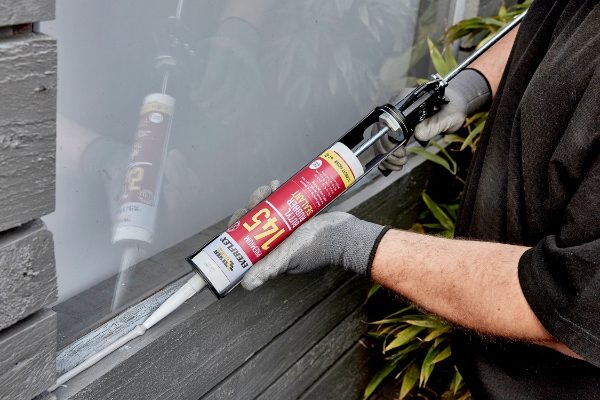
Liquid plastic is based on the same materials that are used in the production of windows and slopes. That is why, during curing and polymerization, it creates a single monolithic connection with the surfaces to be glued without any separation lines.
The polymer sealant is environmentally friendly, resistant to sunlight, high and low temperatures, precipitation. It is durable and retains its strength and original color for up to 15 years.
However, the mechanical strength of the composition leaves much to be desired. After polymerization, liquid plastic is completely inelastic and poorly resists compressive-tensile loads.
In addition, liquid plastic is used only for a pair of plastic-plastic surfaces.
There are not very many acrylate compounds on the building materials market. More or less well-known specialized sealants designed to seal PVC windows, at the time of this writing, you can find only two.
These are the compositions of STIZ "A" and STIZ "B", designed for arranging internal and external seams during the installation of plastic windows. These compounds have different properties, so they complement each other well.
These compounds have different properties, so they complement each other well.
In addition, these materials can be applied both with a construction gun and with a conventional spatula, syringe or simply with a brush.
For external seams, acrylate vapor-permeable sealant STIZ "A" is used. It allows you to freely remove excess moisture from the mounting foam and maintain its thermal insulation ability.
For interior use STIZ "B" acrylate vapor barrier sealant. It isolates the seams between the opening and slopes or window blocks, preventing moisture from the room from getting to the mounting foam.
By combining these compositions, it is possible to achieve high-quality professional sealing of PVC plastic windows.
General advantages of acrylate sealants:
Cons of acrylate formulations:
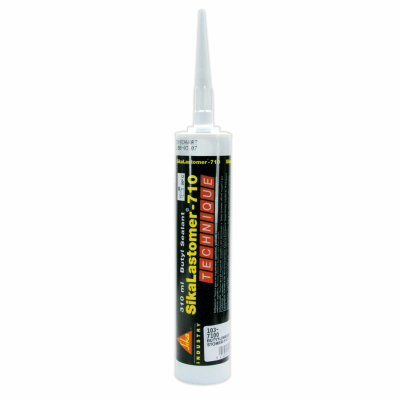 For complete high-quality sealing, it is necessary to purchase both compositions
For complete high-quality sealing, it is necessary to purchase both compositions For sealing windows in practice, the compositions of all of the above compositions are used.
To understand which sealant is best for plastic windows in your particular case, you need to clearly define the range of tasks that need to be solved. In addition, it is necessary to take into account the weather conditions under which installation work will be carried out and in which climatic zone the window will be operated.
Based on the above sealant performance, sealing work conditions and operating conditions, some conclusions can be drawn that will help you make the right choice of sealant.
Window sealant is a product used to seal and seal cracks in metal-plastic window structures.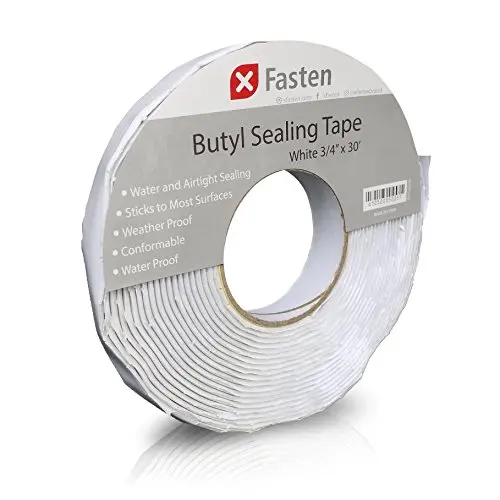 These construction products remove holes, help prevent moisture from falling from the street, and allow you to keep warm inside an apartment or house.
These construction products remove holes, help prevent moisture from falling from the street, and allow you to keep warm inside an apartment or house.
Window sealant is a plastic, self-curing product, the active ingredient of which is a polymer. This component interacts with air, helps to clog the gaps in the window space that were formed during the installation process. Most often, white sealants are used to seal openings, which merge with the window frame, and then become invisible. Plastic material solves several problems at once:
PVC window sealants have good adhesion to all types of building materials. They are durable, reliable, resistant to mechanical damage.
Before sealing gaps, it is necessary to familiarize yourself with the types of mounting products.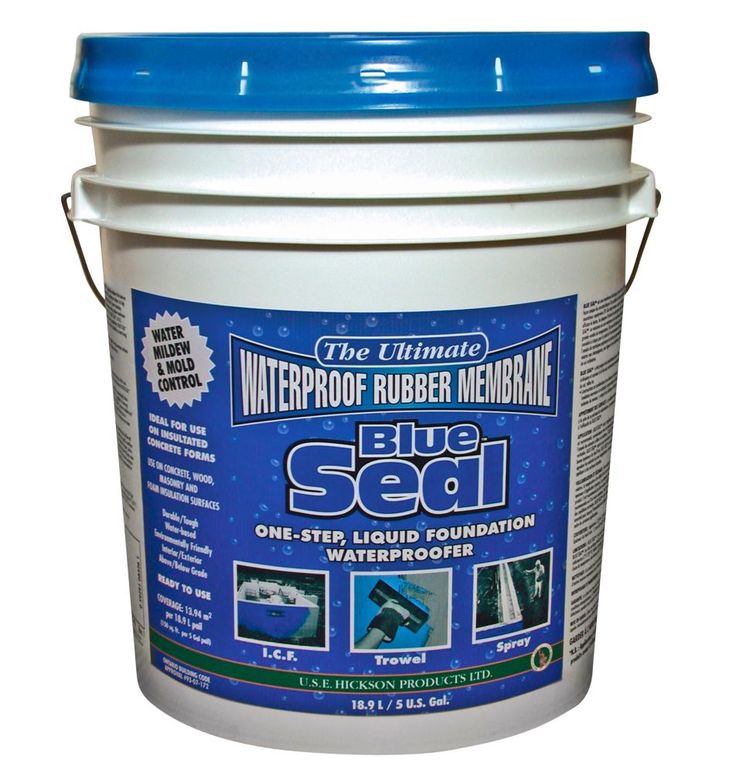 Sealing gels are divided into several types according to their composition, scope. Conventionally, all materials are divided into specialized and those that can be used in everyday life. Professional solutions are necessary for gluing the double-glazed window with the base. They prevent the ingress of moisture, condensation. Specialized sealants are used during the production of PVC systems, as well as during their assembly.
Sealing gels are divided into several types according to their composition, scope. Conventionally, all materials are divided into specialized and those that can be used in everyday life. Professional solutions are necessary for gluing the double-glazed window with the base. They prevent the ingress of moisture, condensation. Specialized sealants are used during the production of PVC systems, as well as during their assembly.
Sealing products for domestic use are widely used. They are available for sale at any construction outlets. These products close up small gaps, spaces that remain after the installation of plastic windows.
Household seals for double-glazed windows are divided into several types depending on the constituent components. The most popular products are based on silicone, acrylic, thiokol, polyurethane.
Silicone polymer mounting agents are based on organosilicons. This product has a dense viscous consistency, which is characterized by good adhesion.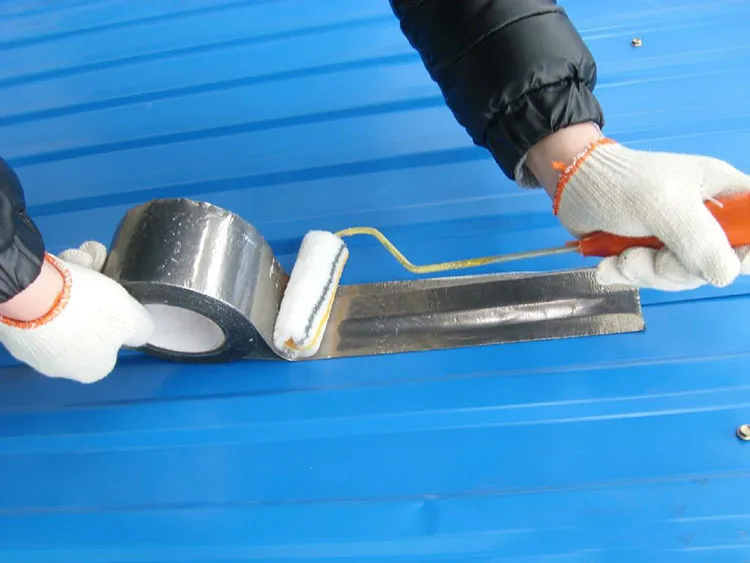 Silicone sealants are used to putty holes inside and outside window systems.
Silicone sealants are used to putty holes inside and outside window systems.
Advantages of building construction mastics:
Silicone is not susceptible to fungal infection, it does not mold during use, and does not contribute to the spread of bacteria.
Low cost, odorless insulating material that can be used on a variety of surfaces.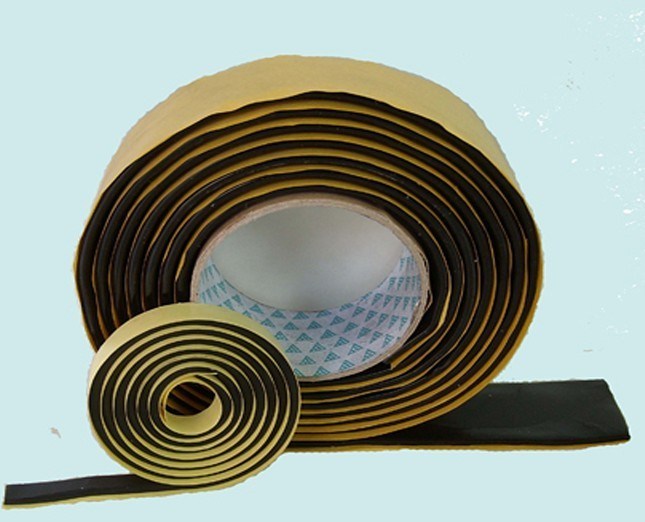 Acrylic products have good adhesion, they are combined with plastic, metal, glass. Sealing products can be painted with paint after cooling to eliminate pronounced defects.
Acrylic products have good adhesion, they are combined with plastic, metal, glass. Sealing products can be painted with paint after cooling to eliminate pronounced defects.
Acrylic is safe for health, it does not emit toxic compounds, does not provoke the development of allergies. The disadvantage of these compositions is the low ductility. After drying, they turn into a solid mass, which can be deformed by mechanical damage. Acrylic sealants for plastic windows can also crack when exposed to low temperatures.
Products are made on the basis of polysulfide. These sealants allow you to independently adjust the level of hardness. It depends on the amount of hardener added to the building composition. The main plus of thiokol sealant is its frost resistance.
The material does not crack at low temperatures, does not lose its strength and elasticity in the cold. It can withstand temperatures down to -50 degrees. The sealant has good adhesion, high strength, resistance to mechanical damage. The disadvantage of the product is its high cost.
The disadvantage of the product is its high cost.
Polyurethane assembly compounds are used to seal cracks and crevices on the outside and inside of window structures. They have good adhesion, can interact with cement, brick, metal, wood. Polyurethane quickly hardens, is distinguished by its plasticity and strength.
It does not deform under the influence of the sun, high humidity, frost. The material has a low degree of shrinkage. It adheres well to the surface, provides a reliable level of thermal insulation.
Acrylate sealants are considered the most resistant and durable. They are used to seal plastic window structures from the outside and inside. The plastic composition is applied with a spatula or a special pneumatic gun. After hardening, the material is subjected to rubbing, which will be required when insulating slopes.
Acrylic sealant resistant to ultraviolet, high humidity, frost.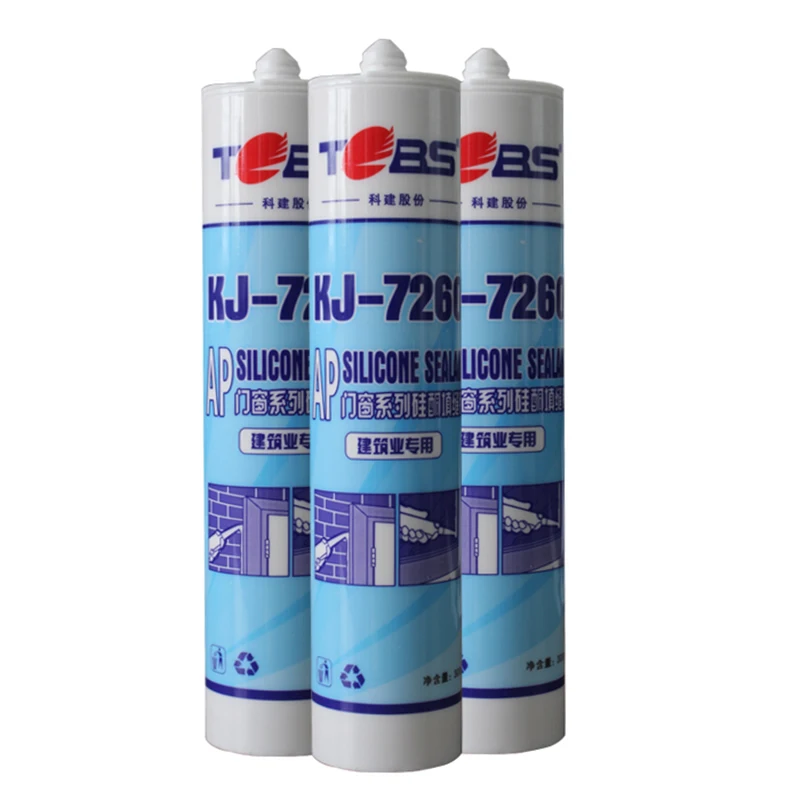 It does not undergo deformation during a sharp change in temperature conditions. The mounting compound can be applied both on dry and wet surfaces.
It does not undergo deformation during a sharp change in temperature conditions. The mounting compound can be applied both on dry and wet surfaces.
Thermoplastic sealant made from polyisobutylene. Its texture is similar to rubber. The sealant is used to seal cracks from the outside and from the inside. This product is not suitable for sealing slope joints. The sealant has good vapor permeability. It is plastic, reliable, durable.
Building material repels moisture, does not deform under the influence of the sun and cold. Butyl sealant is safe for health. It does not emit aggressive toxic particles. The service life of products is kept at around 20-25 years.
The agent is presented in the form of dissolved PVC granules. It has an identical consistency with the material of the window system. The sealant closes the gaps, combines the slope and the window frame into a single system. The material is easy to apply to the surface.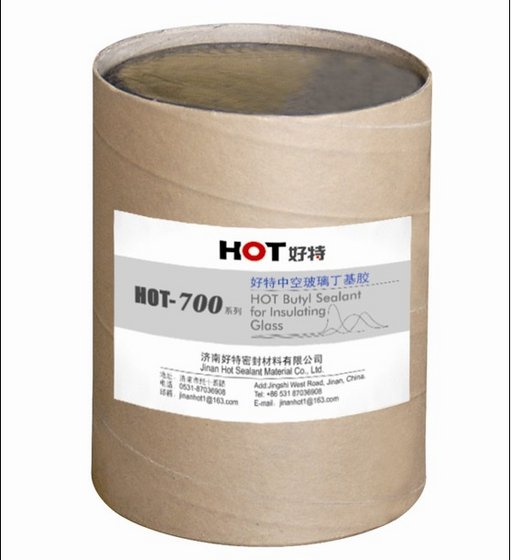 It is flexible and dries quickly. Liquid plastic is steady against influence of the open sun.
It is flexible and dries quickly. Liquid plastic is steady against influence of the open sun.
Liquid plastic
It is environmentally friendly and safe for human health. The sealing lubricant retains its properties for 15 years. The disadvantage of heat-insulating mastic is that it can only be used on plastic window structures.
The technology for sealing plastic windows for different types of compounds is approximately the same. When using mounting compounds, it is necessary to follow safety rules and protect the skin from contact with a chemical product. It can lead to the progression of allergies. Before applying the sealant, it is forbidden to degrease the PVC system with products that contain acetone. They will contribute to the formation of stains on the surface of the frames and the window sill.
How to seal the cracks on a horse, the step-by-step procedure for sealing the window space is as follows: If the structure was previously sealed with polymer compounds, then they will need to be removed using specialized chemicals (for example, Tytan Remover).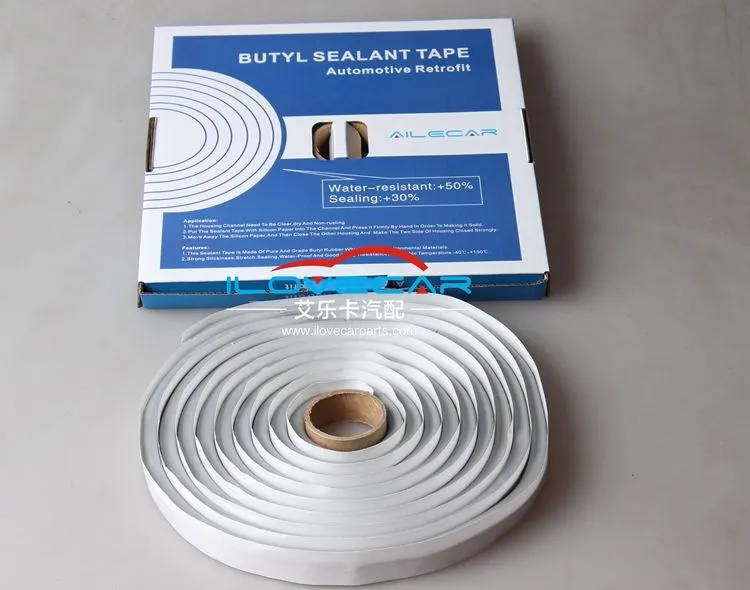
If a polymer compound gets on the double-glazed windows or slopes, it should be immediately wiped off with a wet cloth to eliminate drying.
If, after 1-2 weeks, the layer of mounting mastic began to peel off and let moisture through, this indicates that the layer was too wide.
Also, when using a thick insulating joint, its structure may be damaged and cracked during operation. In this case, sealing will have to be carried out again, after removing the old layer of the polymer product.
The choice of sealing mastic for insulation depends on the characteristics of the installation work. If necessary, remove holes and cracks from the outside of the window system, it is best to choose acrylic, thiokol or acrylate compositions. They are resistant to temperature extremes, precipitation, ultraviolet rays. These compounds have a service life of 15 years.
For interior work, it is worth choosing a heater based on silicone (white shade), liquid plastic, polyurethane mastic. These products are safer for health due to the gentle composition. If it is necessary to seal the window blocks and remove the cracks in the double-glazed windows themselves, you should opt for butyl sealant.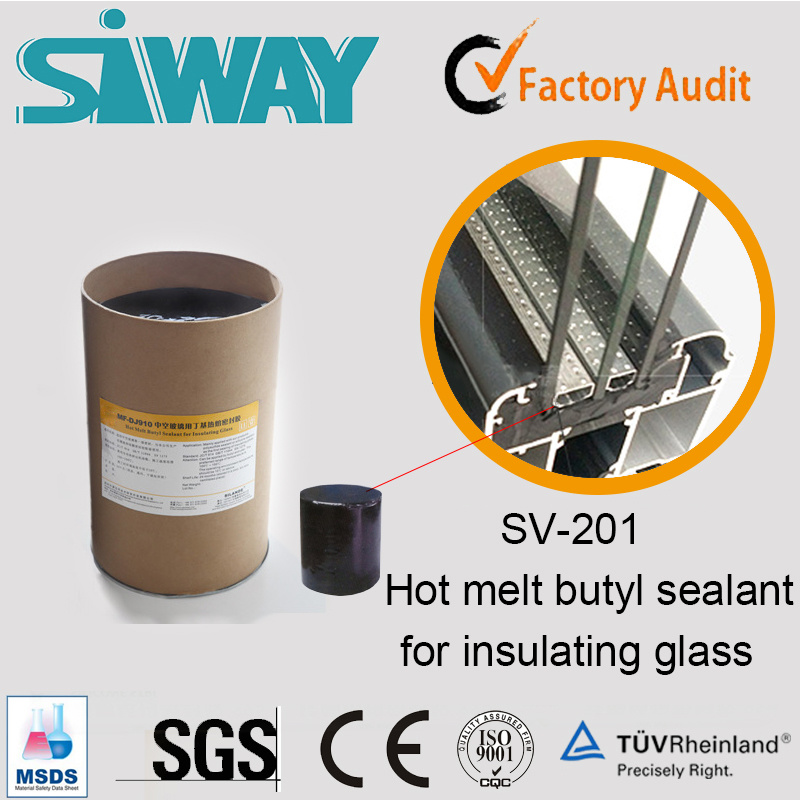 It is well suited for outdoor work, it has a stable vapor barrier.
It is well suited for outdoor work, it has a stable vapor barrier.
When choosing mounting mastic for outdoor and indoor use, it is necessary to pay attention to some factors:
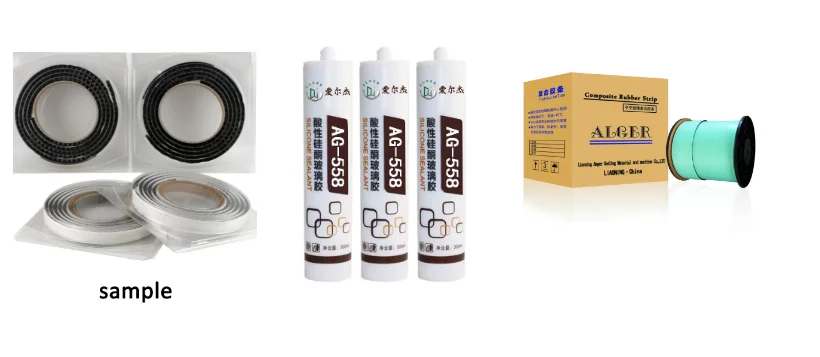 To avoid constant installation work, it is better to purchase durable products with a service life of 10 years or more;
To avoid constant installation work, it is better to purchase durable products with a service life of 10 years or more; When choosing a sealant for window sills and double-glazed windows, you should pay attention to products from trusted manufacturers of building materials, whose products meet all quality standards. So you can minimize the purchase of defective or low-quality products. You should not save on sealing compounds, as cheap products can harm plastic windows and contribute to their damage.